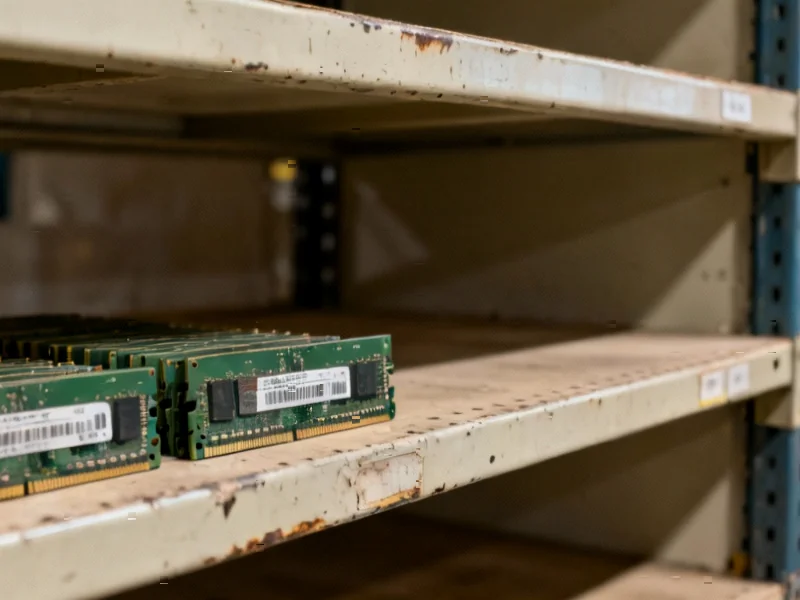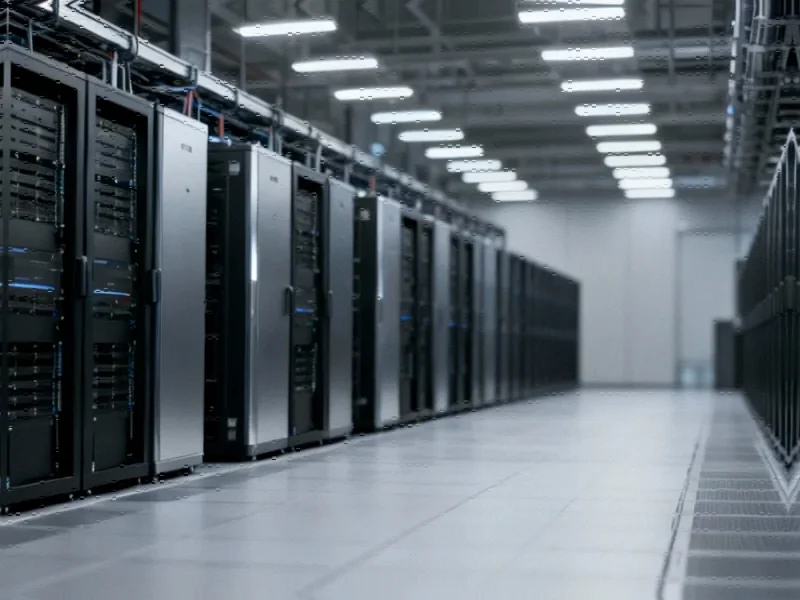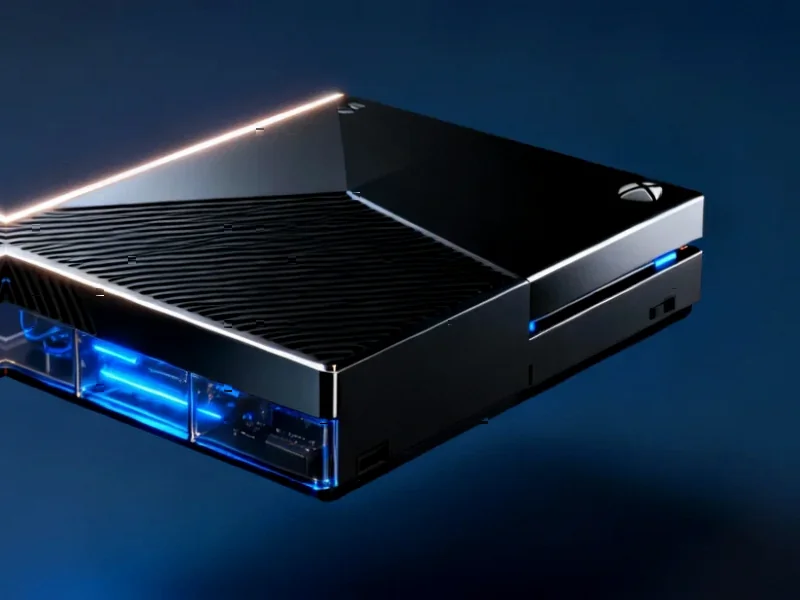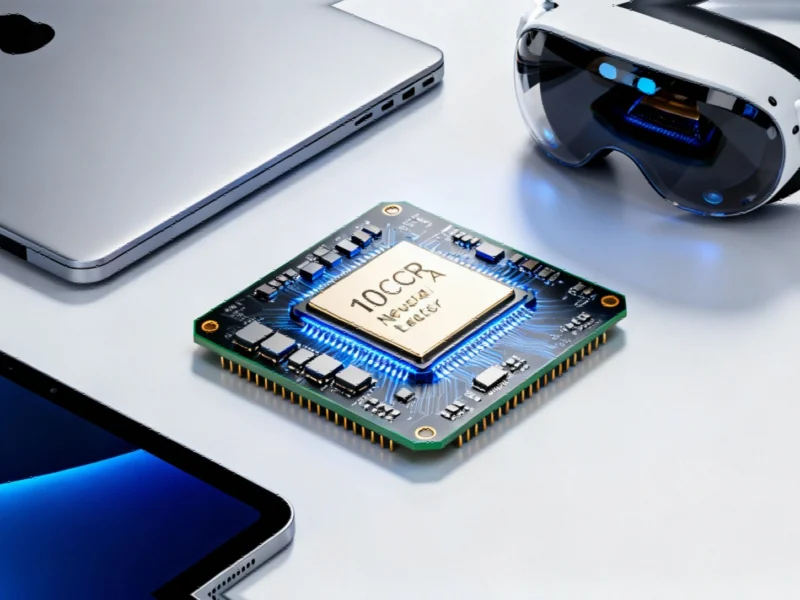According to Wccftech, SK Hynix’s DRAM inventory has reached critically low levels with DDR5 capacity down to just 2 weeks of supply, effectively reaching “produce-and-ship” status. The company reported a 62 percent operating profit surge in Q3 2025 earnings, driven by complete sell-out of high-bandwidth memory products. SK Hynix has fully booked its DRAM and NAND capacity through 2026 and holds 64 percent of the global HBM market, while Morgan Stanley warns the current demand spike creates conditions for severe supply shortages continuing through 2026. The situation is already impacting smartphone memory, with LPDDR5X supply constraints driving up prices as confirmed by Xiaomi’s President Lu Weibing. This inventory collapse represents a fundamental shift in memory market dynamics.
Table of Contents
The HBM Capacity Crunch Explained
The root cause of this supply crisis lies in the manufacturing reality of High Bandwidth Memory. HBM isn’t just another memory product—it’s a fundamentally different manufacturing process that consumes disproportionate wafer capacity. Each HBM stack involves vertically connecting multiple DRAM dies using through-silicon vias, then mounting them on an interposer alongside the processor. This complex 3D packaging requires specialized production lines and significantly more manufacturing time per unit than conventional DRAM. When a company allocates capacity to HBM production, they’re effectively removing 3-4 times more conventional memory capacity from the market than the raw wafer count would suggest.
Memory Market Power Shift
SK Hynix’s dominant 64 percent HBM market share positions them uniquely to capitalize on this trend, but creates systemic risk for the entire electronics industry. While Micron and Samsung scramble to catch up in HBM production, their combined 36 percent market share means they cannot compensate for SK Hynix’s capacity allocation decisions. This isn’t just about market share—it’s about technological leadership in packaging and thermal management that gives SK Hynix a 12-18 month advantage. The consequence is that a single company now effectively controls pricing and availability for a critical component powering the entire AI infrastructure buildout.
The Coming Consumer Electronics Squeeze
The ripple effects extend far beyond data centers. When Xiaomi’s President warns about rising storage costs, he’s identifying the early symptoms of a broader supply chain crisis. LPDDR5X memory used in smartphones shares manufacturing processes with other premium DRAM products. As fabs prioritize HBM production, they’re necessarily deprioritizing the equipment configurations needed for mobile memory. The 26-39 week delivery times for DDR5 suggest we’re already seeing allocation decisions that will manifest as smartphone price increases and potential feature compromises in 2026 flagship devices. Companies may be forced to use older LPDDR5 or even LPDDR4X in mid-range devices to manage costs.
Capital Investment Dilemma
Memory manufacturers face a brutal capital allocation problem. Building new HBM capacity requires billions in specialized equipment and takes 2-3 years to bring online. By the time new fabs are operational, the AI demand cycle may have shifted, potentially leaving companies with stranded assets. Meanwhile, underinvesting risks ceding market share during the biggest memory demand boom in a decade. Morgan Stanley’s warning about shortages lasting through 2026 suggests the industry is collectively underinvesting relative to demand, creating conditions for extreme price volatility. The conservative expansion approach that served memory manufacturers well after previous boom-bust cycles may prove inadequate for this structural demand shift.
Structural Market Changes Ahead
We’re witnessing the early stages of a fundamental rearchitecting of the memory industry. The traditional model where NAND and DRAM production could be quickly reallocated between consumer and enterprise markets is breaking down. HBM’s specialized manufacturing requirements create production silos that cannot easily be reconverted. This suggests the memory market may permanently bifurcate into high-margin, capacity-constrained AI memory and more cyclical consumer memory segments. The 2-week inventory buffer for DDR5 isn’t a temporary anomaly—it’s likely the new normal for premium memory products as AI infrastructure demands continue absorbing available advanced manufacturing capacity.
Related Articles You May Find Interesting
- AI Takes the Helm in Spacecraft Thruster Design Revolution
- Huawei’s Dublin Roadshow Signals European Energy Storage Push
- The Workplace Wearable Dilemma: Productivity vs. Privacy
- Amazon’s Lord of the Rings MMO Canceled in Gaming Division Shakeup
- Nvidia’s Cloud Gaming Push Targets Blockbuster Releases



